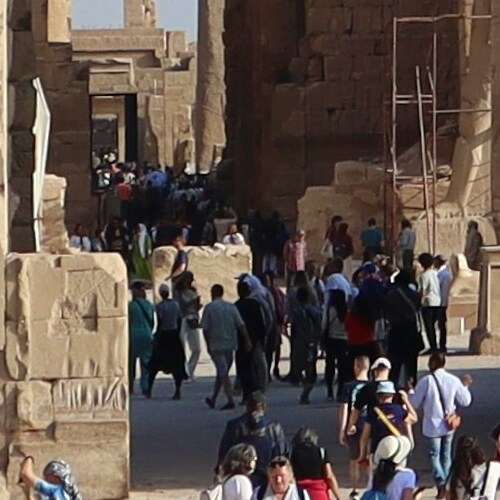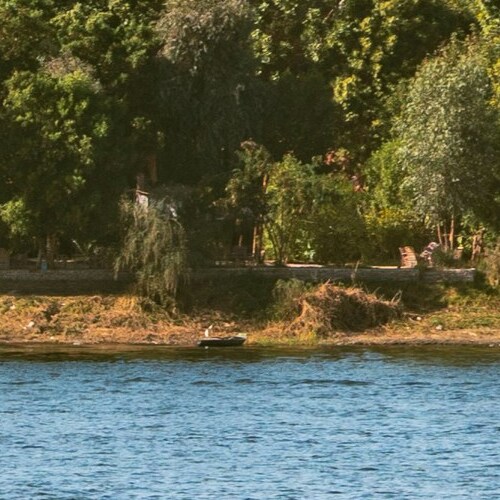No other nation in the world says ‘Welcome’ as often as the Egyptians, and every time, they mean it. While the ancient civilization of Egypt continues to amaze, contemporary Egyptians are equally remarkable.
The Karnak Temple
Overview of the Karnak Temple
The Karnak Temple, a monumental site of ancient Egyptian grandeur, is a pivotal emblem of Egypt’s rich cultural and architectural heritage. Located in Luxor, it’s a captivating testimony to the historical significance and architectural prowess of ancient Egypt.
Historical and Religious Significance
- Dedication: Primarily devoted to Amun, the king of gods, the Karnak Temple complex served as a key religious center.
- Construction Timeline: Spanning over 1300 years, with contributions from various pharaohs, the temple evolved through the ages, becoming a grand architectural canvas.
Architectural Splendor
- Scale: One of the largest religious buildings in the world, its immense walls, columns, and obelisks showcase the magnitude of ancient Egyptian architecture.
- Central Structure: The Temple of Amun, at the heart of Karnak, stands out with its expansive halls and the largest existing sacred lake in Egypt.
- Hypostyle Hall: A highlight of the temple, constructed by Ramses II, known for its massive array of towering columns.
Artistic Riches
- Avenue of Sphinxes: A ceremonial pathway connecting the Karnak Temple to the Luxor Temple, lined with sphinx statues.
- Open Air Museum: Houses significant relics, including the White Chapel of Senusert I, the Red Chapel of Hatshepsut, and the Alabaster Chapel of Amenhotep I.
Cultural and Touristic Importance
- Legacy: Represents the zenith of Pharaonic architectural innovation and religious devotion.
- Visitor Experience: Offers a comprehensive insight into the religious practices and architectural advancements of ancient Egypt, attracting a global audience.
Conclusion
The Karnak Temple stands as a monumental legacy of ancient Egypt, offering a window into the religious, cultural, and architectural sophistication of a civilization that continues to fascinate the world. Its grandeur and historical depth make it a must-visit destination for anyone interested in exploring the mysteries and achievements of ancient Egypt.
Created on 18 March 2020
Updated on 3 June, 2025



